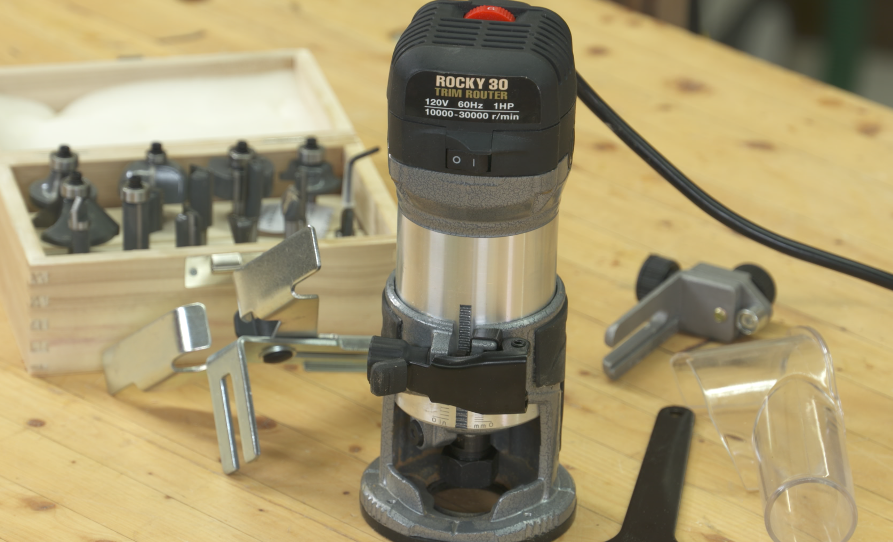Woodworking drills are used to drill holes in wood objects. Drills come in different sizes, and the best one for your project will depend on the type of wood you're drilling it into and the drill bit you choose. Generally, a standard drill bit is about 1-3/4 inches wide and 3/8 inches deep.
1. What is a wood drilling machine?
For various reasons, a wood drilling machine is used to drill holes into hardwood boards. These machines work best with softwoods, which have less dense material than hardwoods. A typical wood drilling machine consists of two parts: (a) the motor and (b) the chuck, which holds the bit/drill.
2. How do I use these tools?
These tools come with basic instructions, but we suggest reading them thoroughly before using any machinery. Before starting a project:
- Check that you have the right size bits, chucks, and motors for your projects.
- Once you start drilling, remember that if the hole isn't deep enough, you'll need to adjust the height of the table.
- Remember that this machine uses torque to drive the bit down; if not correctly set up, you may be banging your hand (or worse).
3. Why should I buy a wood drilling machine?
Wood drilling machines allow you to easily make fast, accurate, clean cuts. Of course, you don't always have time to cut things perfectly the first time, but a good wood drilling machine can get the job done without wasting materials. Also, if you have never tried a power tool before, a wood drilling machine will help you develop patience and accuracy while giving you a sense of accomplishment once the project is complete.
4. Where can I purchase a wood drilling machine? Can they be purchased online?
You might already know, but many people choose to purchase their wood drilling machines online. Many online retailers, including Amazon, eBay, Walmart, and others, sell this product at different prices and features. Always look at reviews before purchasing and check if it's compatible with your power supply.
5. What type of wood drilling machine should I invest in?
When choosing your wood drilling machine, consider the size of the project(s) you plan to undertake. Small tables are perfect for smaller jobs like cutting pieces smaller than 2 inches, while larger units are great for bigger projects involving 4x8 sheets. Keep in mind that if you're looking to build something really heavy, you may want to consider investing in a hydraulic unit instead.
In conclusion, a Woodworking Drilling Machine is a great way to drill holes in wood. Using the right tools, you can drill and pilot some of the most accurate and efficient holes into wood.







